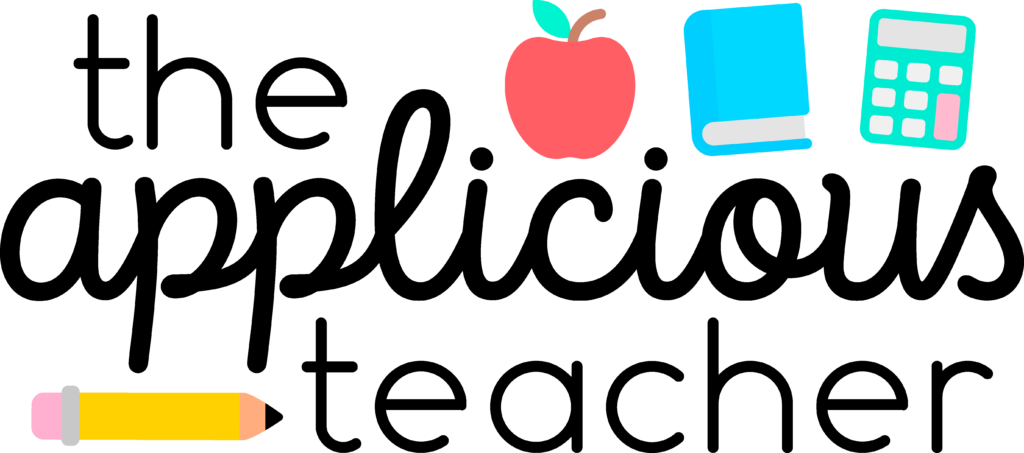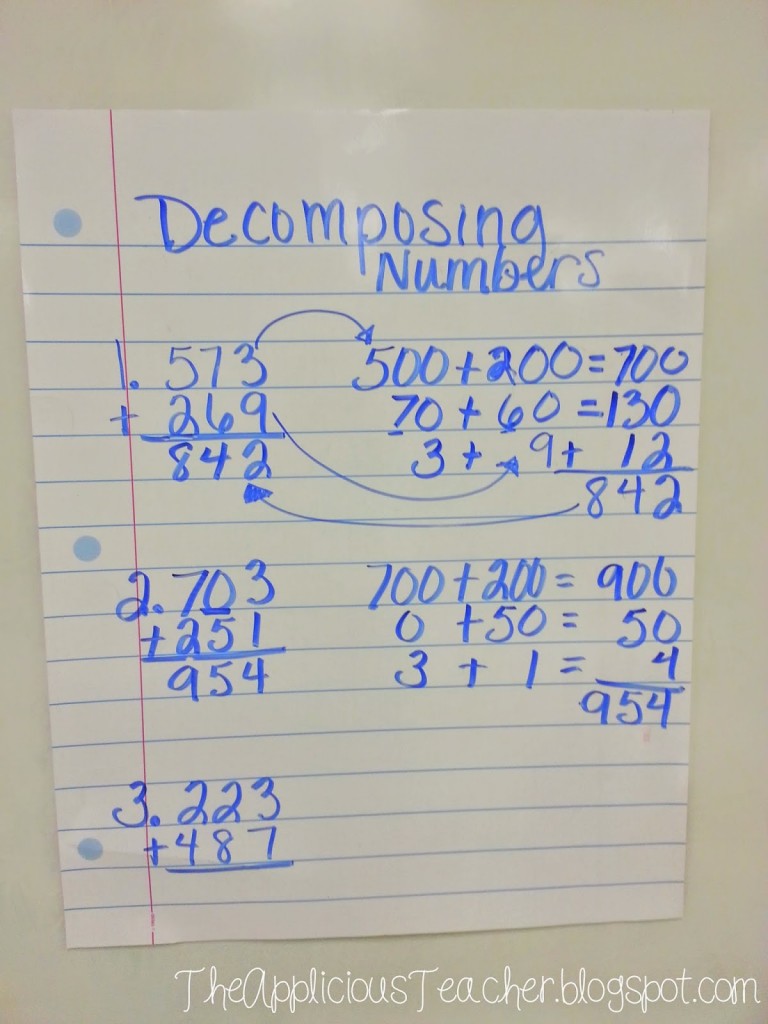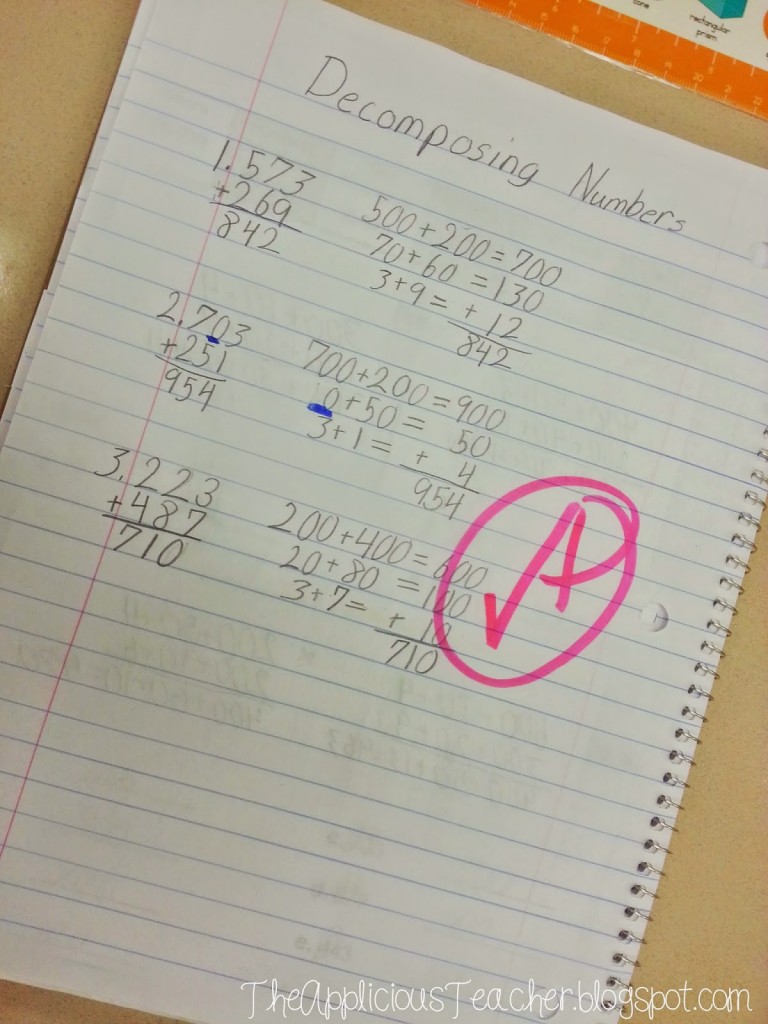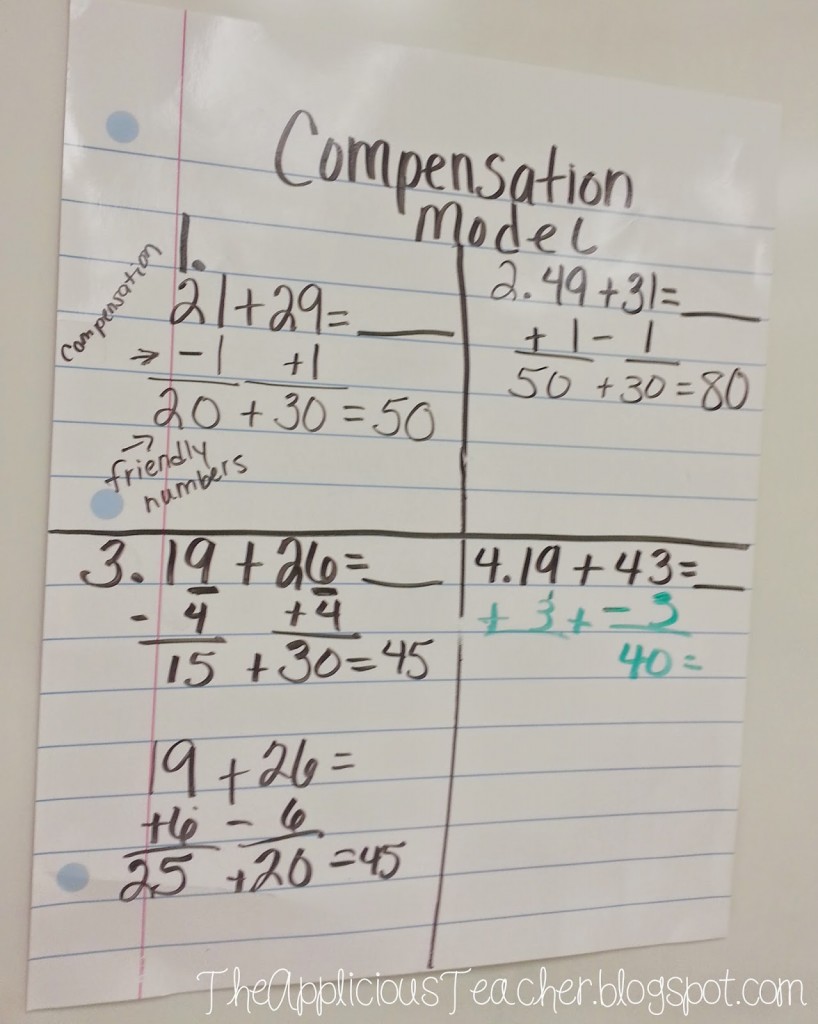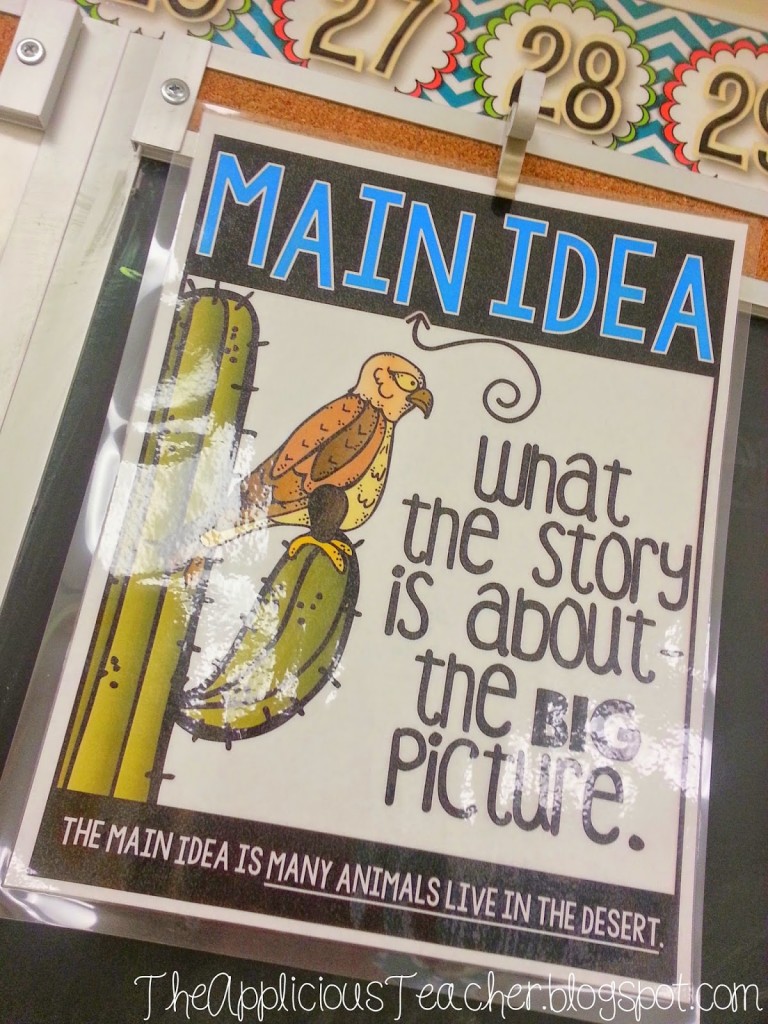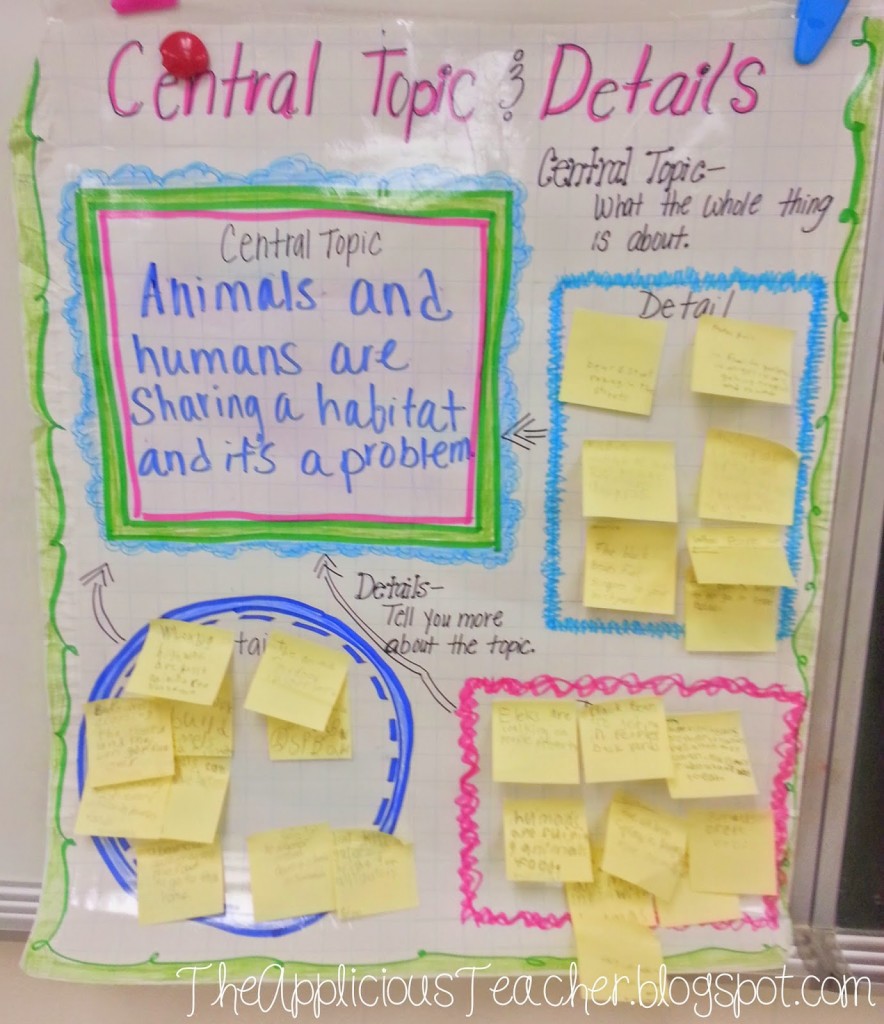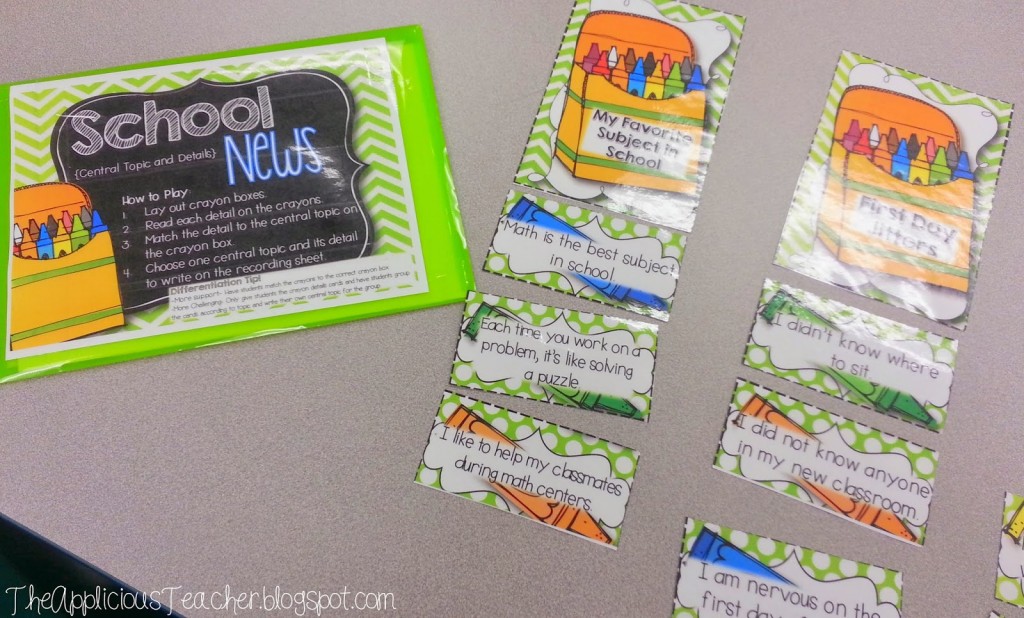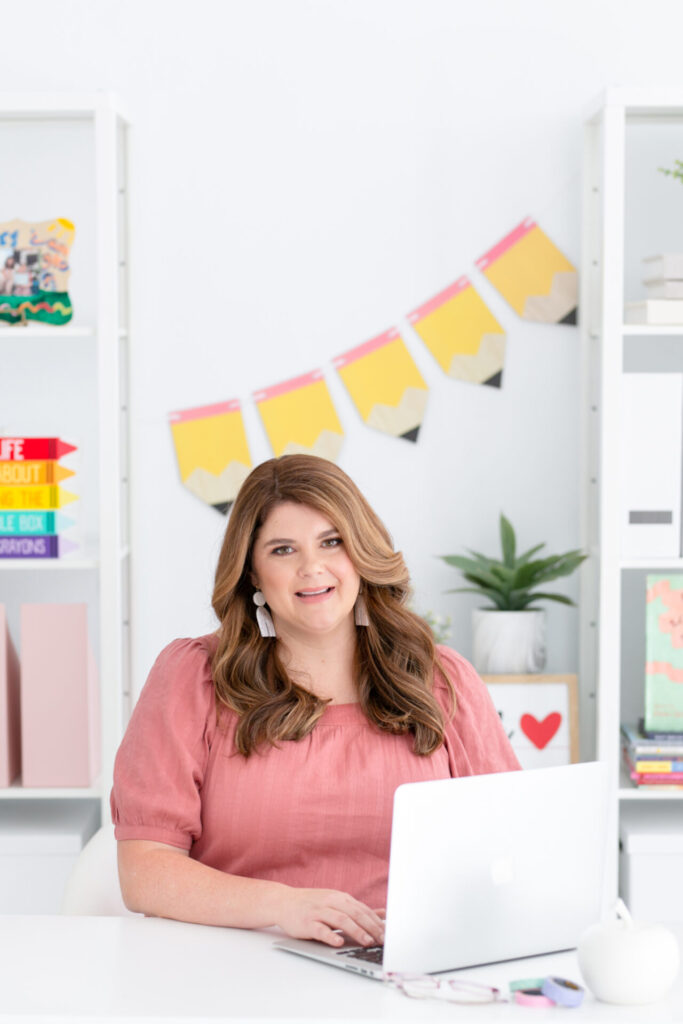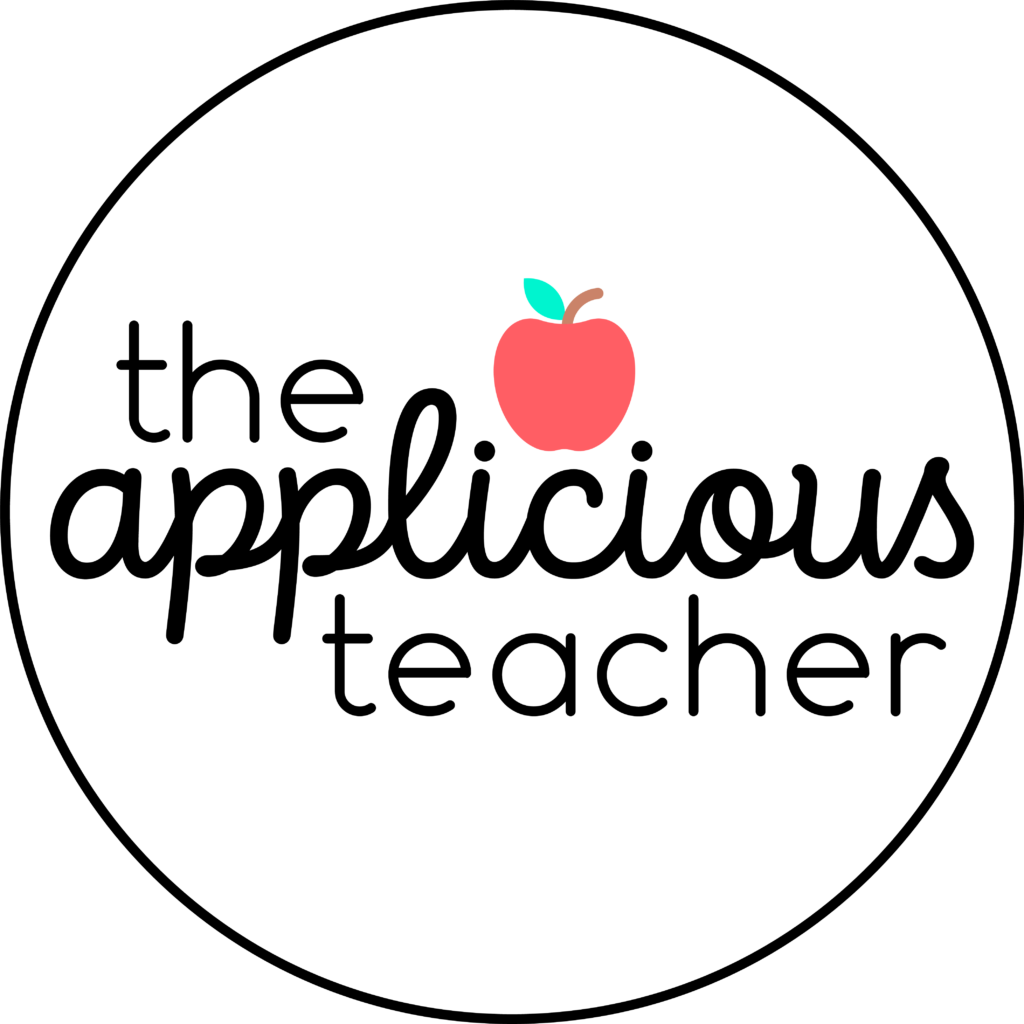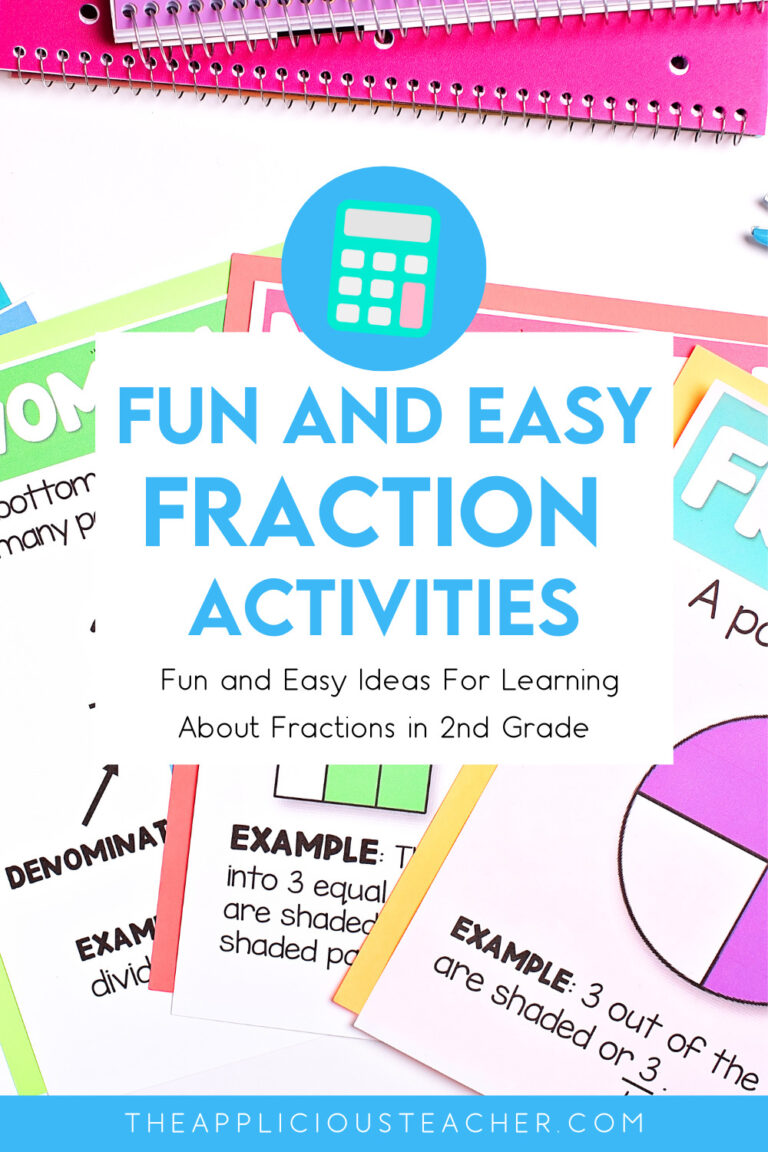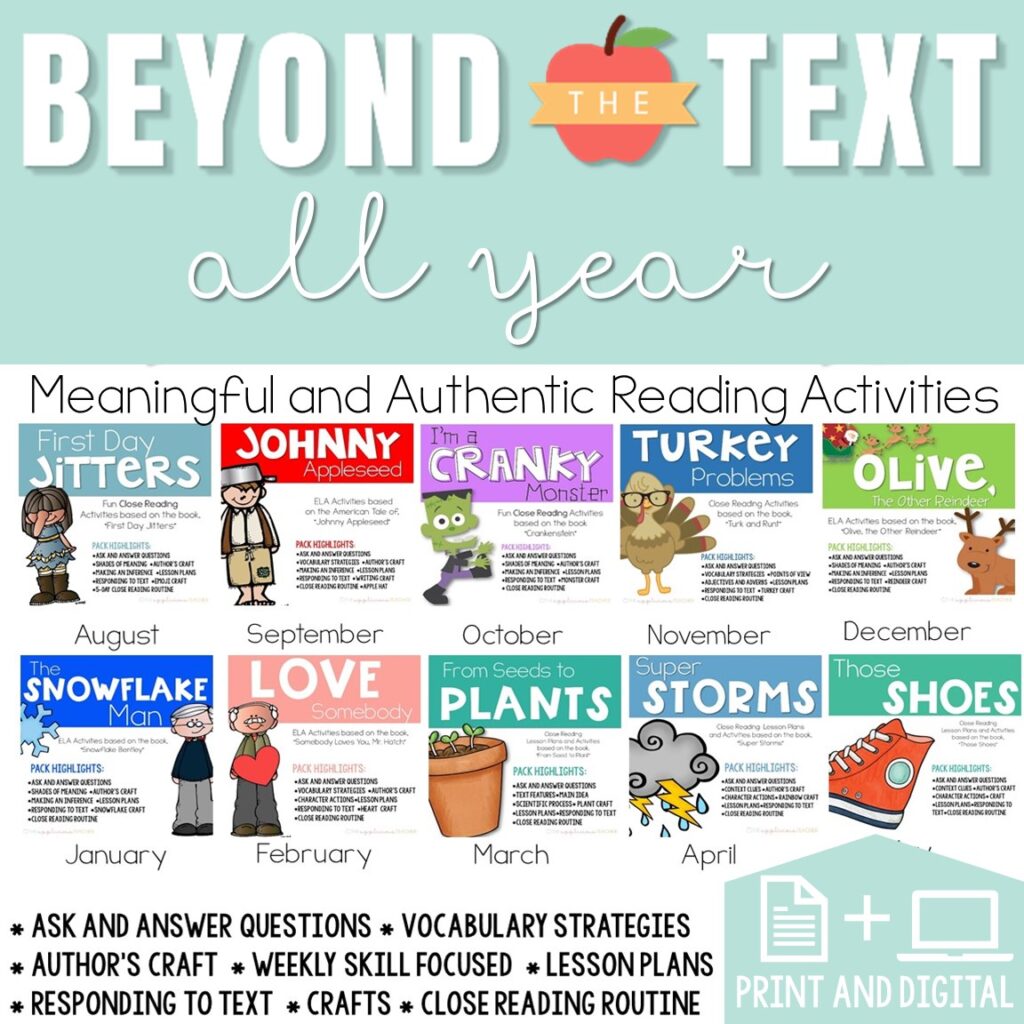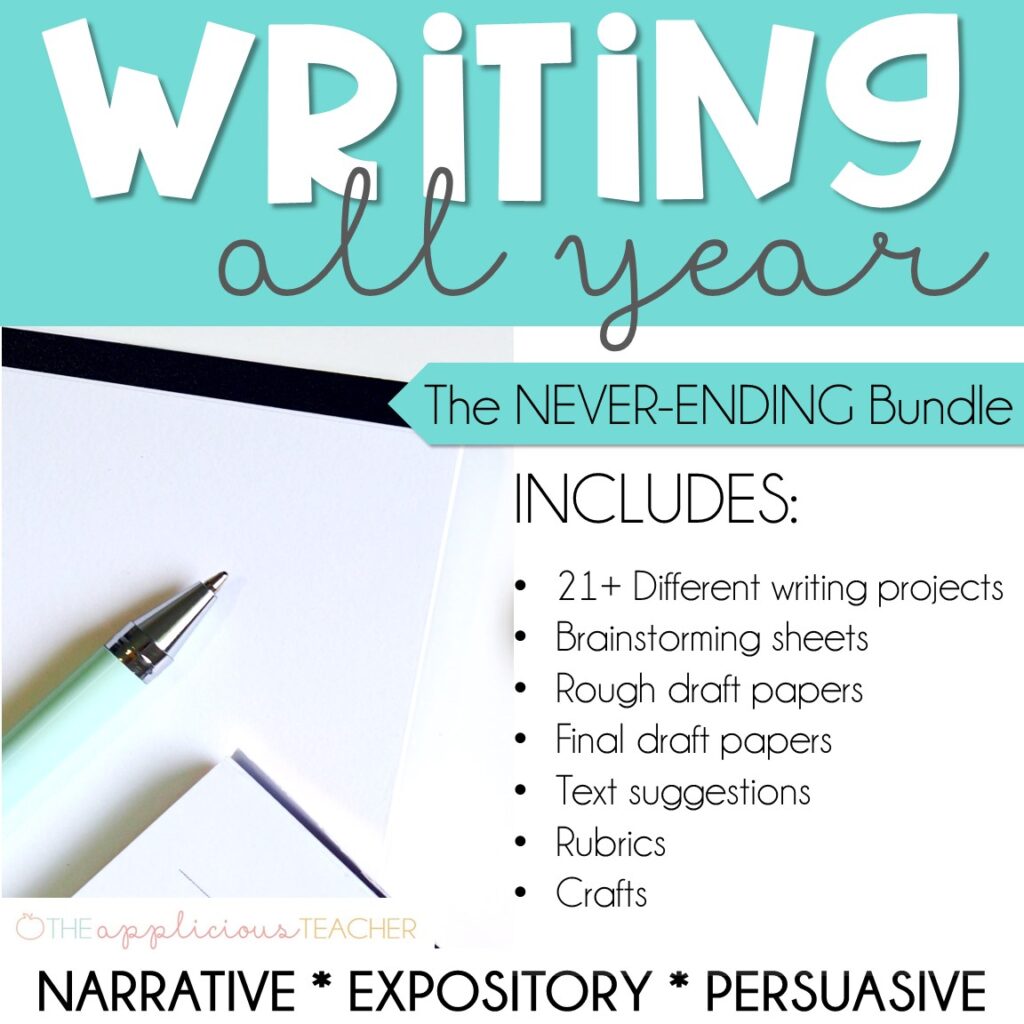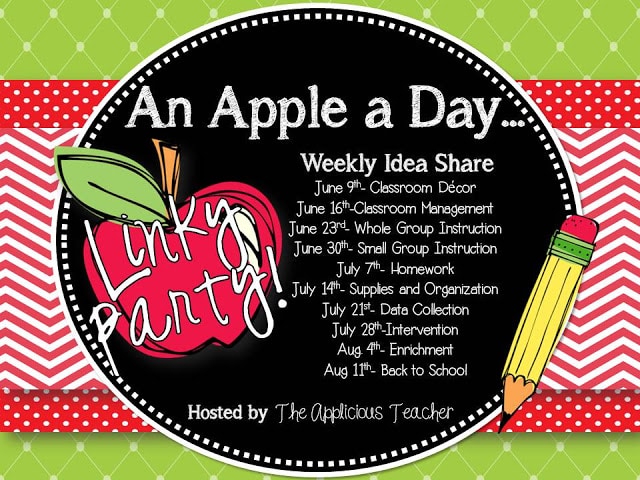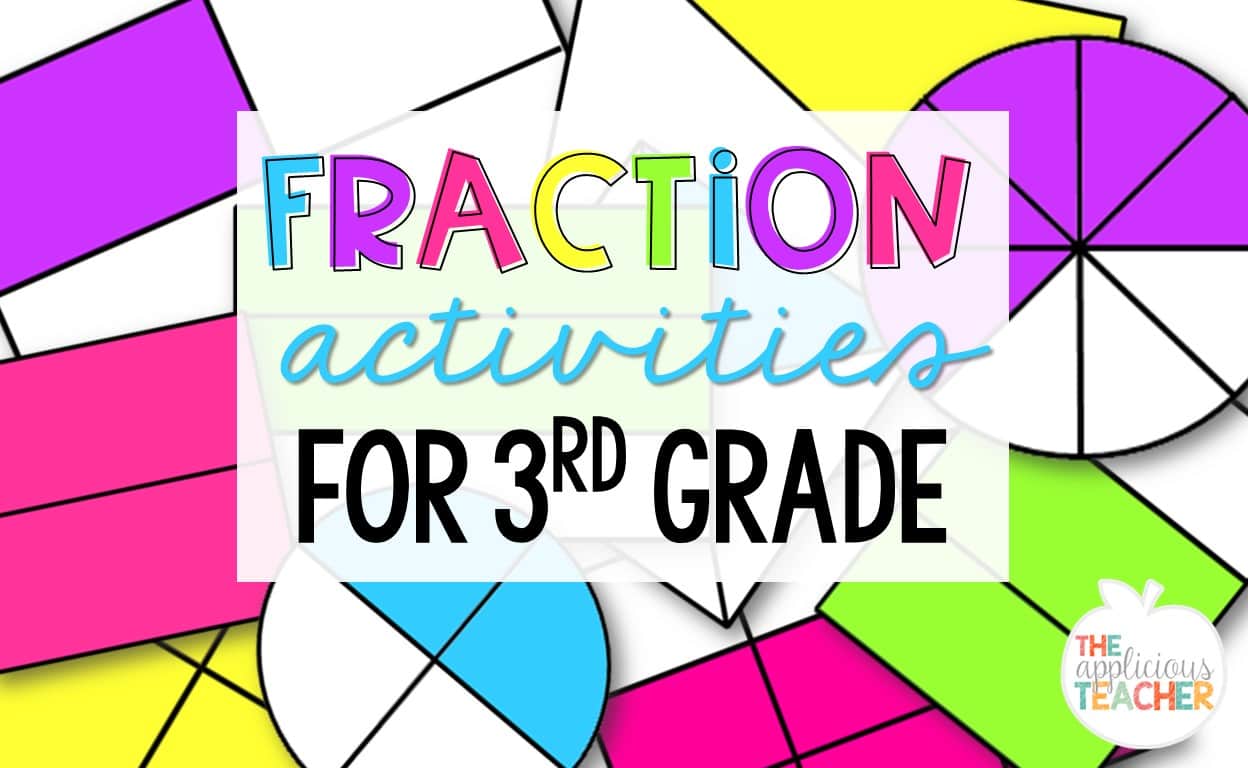Have you ever had one of those weeks where you can’t seem to get ahead? I’ve felt like I’ve been living in those weeks forever at this point! We’re already in the 4th week of school! LOL! I can’t blame it on the beginning of the school year anymore… Can I?
But through it all, I try to focus on what’s really important in life…
those closest to you!
Anywho, here’s a peek at we’ve been working on in the 3rd grade Applicious classroom these past few weeks!
First Up… Math!
We’ve been diving into multi-digit addition strategies. Now, eventually we’ll review the standard algorithm, but Florida Standard (my state’s version of CCSS) says we need to be fluent in more than one strategy, so we jumped in with two feet!
First up, we worked through decomposition using place value. Do you teach this model?
This was a perfect opportunity for my students to create a “notes” page in their math journals!
To use this strategy, students break apart (or decompose) their numbers into their place value. This is a great way to teach addition where regrouping is already worked in and students use mental math to solve. You can see in sample one, 573+269, we broke apart and added the 500 from 573 and the 200
from 269 and added them. Then we did the same for the 70 and 60 and the ones. To get our final answer we recomposed the numbers using mental math (700 + 130 +12) and got 842.
After completing a few samples on my whiteboard with students, we moved to our seats. As I modeled the strategy on my large wipe off paper, the students copied it into their journals.
We did 2 problems together, then the last problem was their time to shine. As students finished, I moved around the room (with my smelly good marker!) and checked their work. The kiddos narrated their thinking process. A check plus was their ticket to start math centers. Those who were still struggling with the concept got pulled for a reteach and additional practice at the teacher table.
We also worked on the compensation model this week. This strategy was SUPER tricky my kiddos as it requires STRONG number sense.
Once again, students took notes in their journals. We noted why and how we subtracted and added the numbers we did to make the friendly numbers. In my first example, you can see we took one from 21 and brought it over to 29 to make two “friendly” numbers, 20 and 30. These allow us to use mental math to add quickly. So, 20 + 30 = 50.
We completed 3 together, and they had to complete the last problem on their own. We’re still working on this strategy as number sense is an area of opportunity for my kiddos this year.
So much so, that I’ve decided to work some more number sense activities into our math centers to help solidify skip counting and mental math using my new math center pack.
You can check out this pack right here!
In addition to stretching our brains during math, we’ve also been working on I.D-ing main idea and details in reading.
I loved using these posters from Rachel Lamb to review what main idea really means.
We used a non-fiction text from our reading series to explore the main idea. I used my Central Topic and Details Interactive anchor chart to help organize our thoughts.
As a class, we worked to fill out the main idea. Then, we went back to the text to find three more supporting details that told us more about the central topic. Students wrote their details on sticky notes and organized them by idea onto our chart.
We revisited this idea in centers using the “School News” activity from my
Whew! Our big kid brains have been working hard!
Sign up to snag these!

Receive all these classroom management tools right to your inbox!
Success! Now check your email to confirm your subscription.
